The Classroom’s Misogynistic Culture: Is The Future Really Female?
The historical exclusivity of higher education and careers requiring it has kept and continues to keep minorities like women out of them.
“I bet you just took this class to be with all the boys,” shared a female physics student regarding an interaction with a male staff member. She described being shocked and awkwardly laughing off the situation.
Finance bros, comp-sci guys, Mr. President: the list of male-dominated careers goes on. The historical exclusivity of higher education and careers requiring it has kept and continues to keep minorities like women out of them. The recent rise of Instagram pages like @feminist, as well as the general rise in social media engagement, has led many to believe that female representation is no longer a pressing issue.
Within the professional world, there are clear problems that contribute to gender disparities.
Many students in higher-level science and math classes, and even some social studies classes, have noticed highly disproportionate numbers of males. Two people from different Honors Physics classes shared that there were only about five girls out of approximately 30 students in their respective classes. Junior Anna Lane commented that there aren’t many girls in AP Economics, recalling less than five in her class.
“It’s weird to look around your class and just see a ton of guys,” said junior Meaghan Quirk. “Physics class was weirdly separated,” elaborated Quirk, explaining that it might have happened because the guys in the class are friends with each other. “But it still kind of bothered the few girls in our class,” added Quirk.
Engineering is one of the more known male-dominated fields. Junior Sydney Seiler noted that there are only five girls in her class this year. “We’re invisible and automatically crossed out in the guys’ minds just because we’re girls in an engineering class,” said Seiler. On multiple occasions, Seiler found that her male classmates would rather get help from other guys, even if they sat farther away than from herself. “It’s funny because the girls in our class get better grades,” Seiler added.
The class material in many high-level classes often neglects the historic contributions of women. Even non-STEM classes are guilty of this imbalance; “We learn about a lot of men, but not that many individual women,” said sophomore Zola Welch while describing her AP US History class.
“There were some divisions among the subjects… Almost all of my social studies teachers and all of my science teachers were men,” said social studies teacher Ms. Bowman while reflecting on her teachers. Although women are not a minority in the teaching field, they are in STEM and some social studies fields. “It’s important to see yourself, like this is something that I can do, and this is somewhere that I belong,” said Ms. Bowman, but representation or lack thereof isn’t a clear-cut qualifier for pursuing a field.
Changing career demographics starts in the classroom. Highlighting female accomplishments in courses, creating a more welcoming environment in classes, and improving representation is important to creating a more equitable world for everyone. The general lack of female representation and misogyny in the classroom are concerning, and these dilemmas discourage women from pursuing certain careers. The future isn’t going to be female if such issues are ignored.

Hannah Yon, a B-CC junior, is a Staff Reporter specializing in opinion. She started journalism last year and is excited to write about different perspectives!









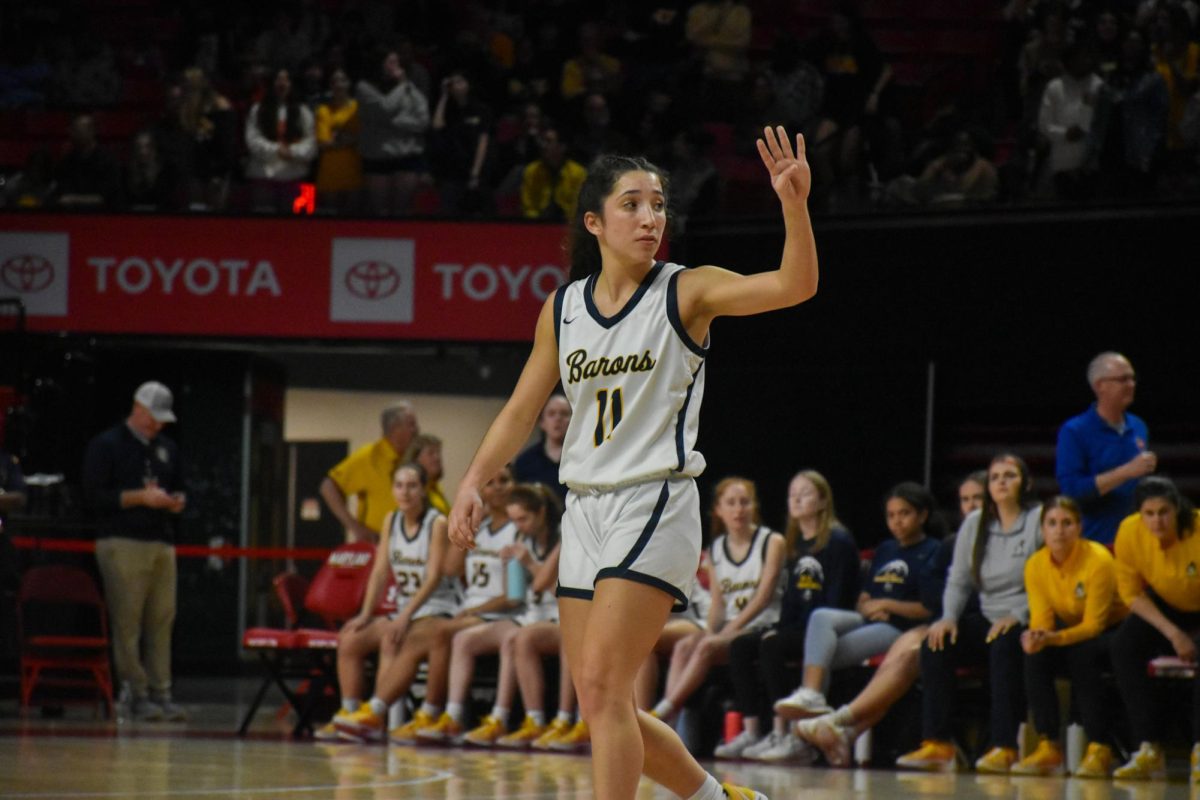


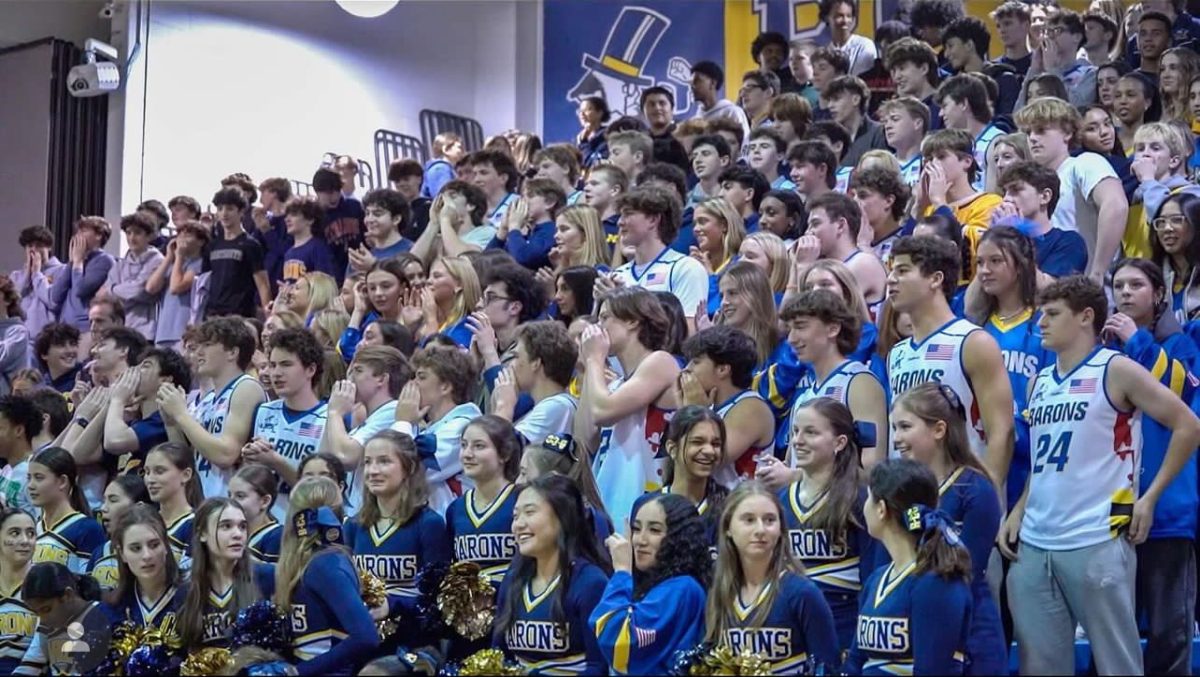















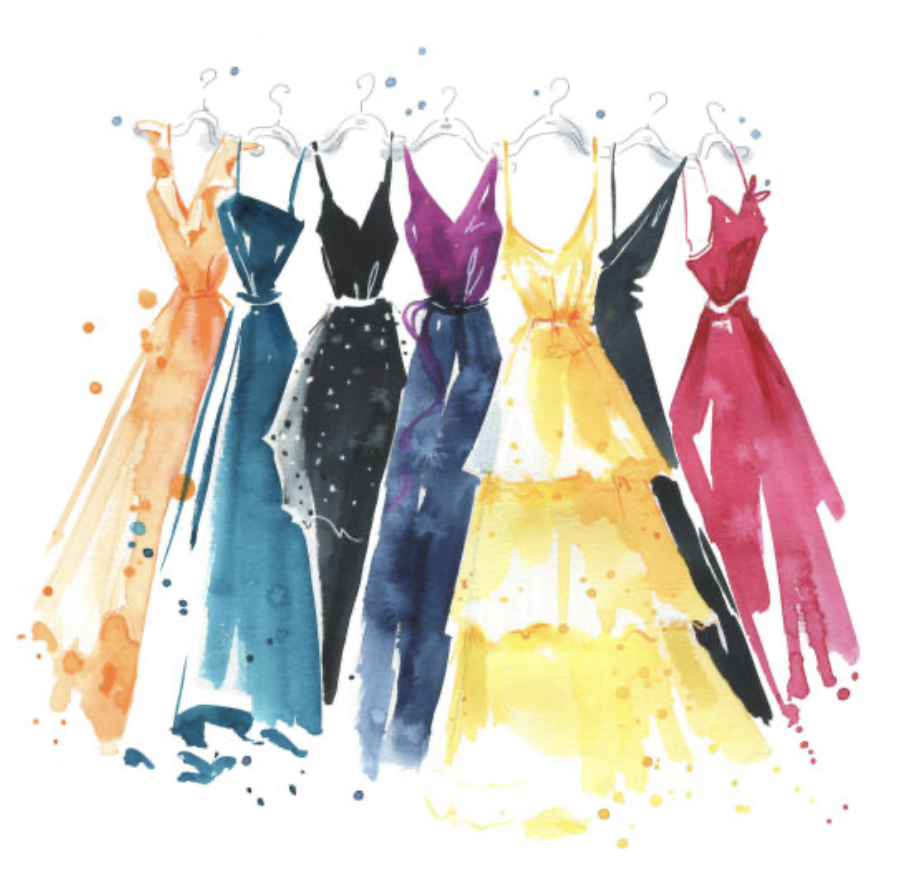






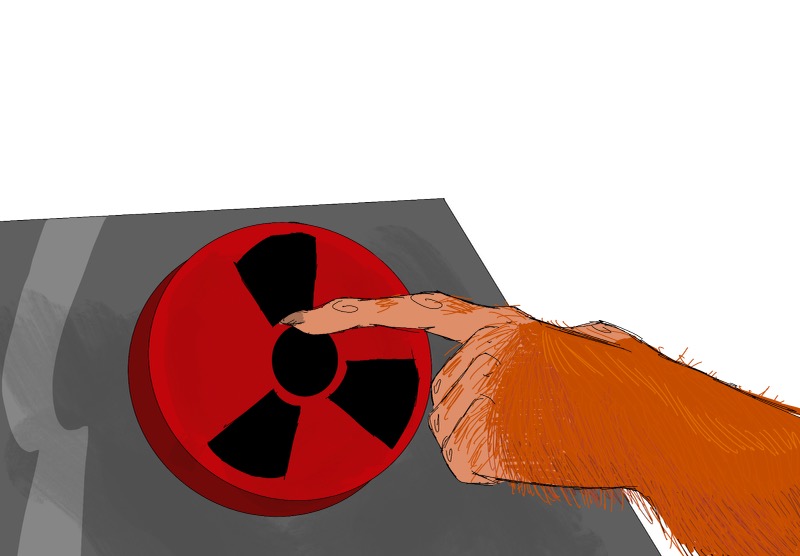
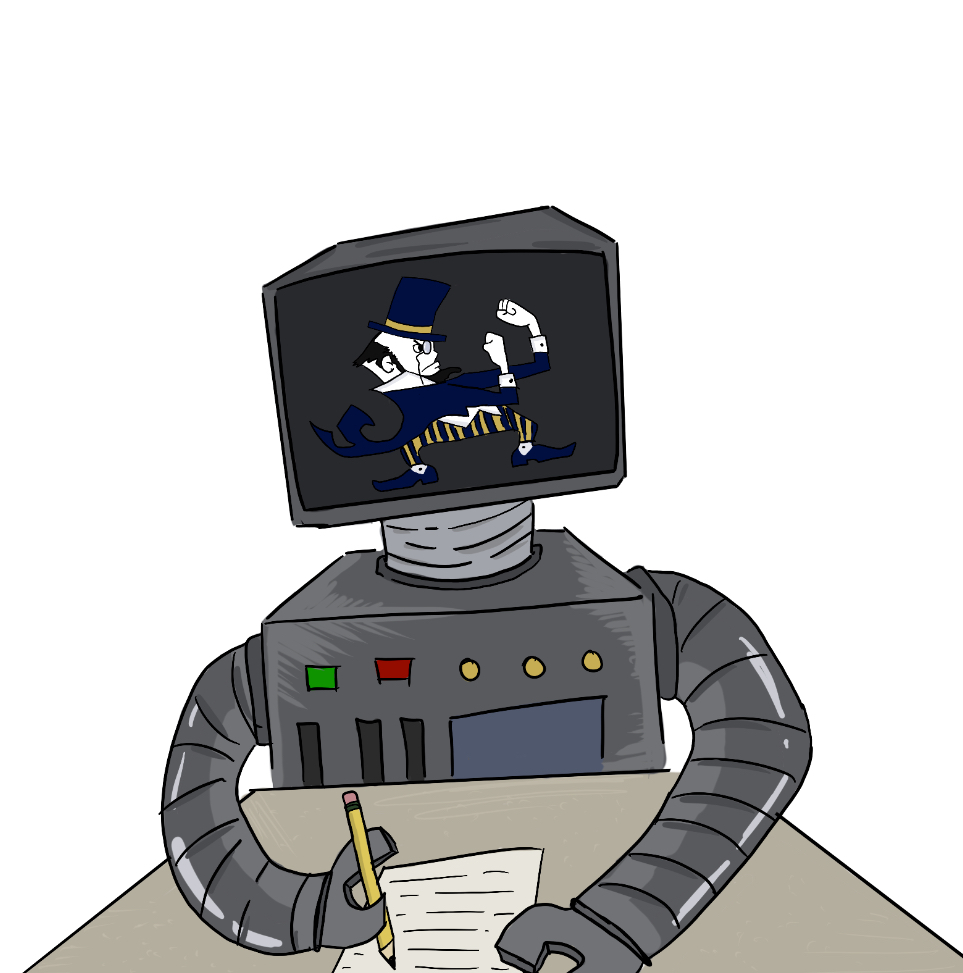
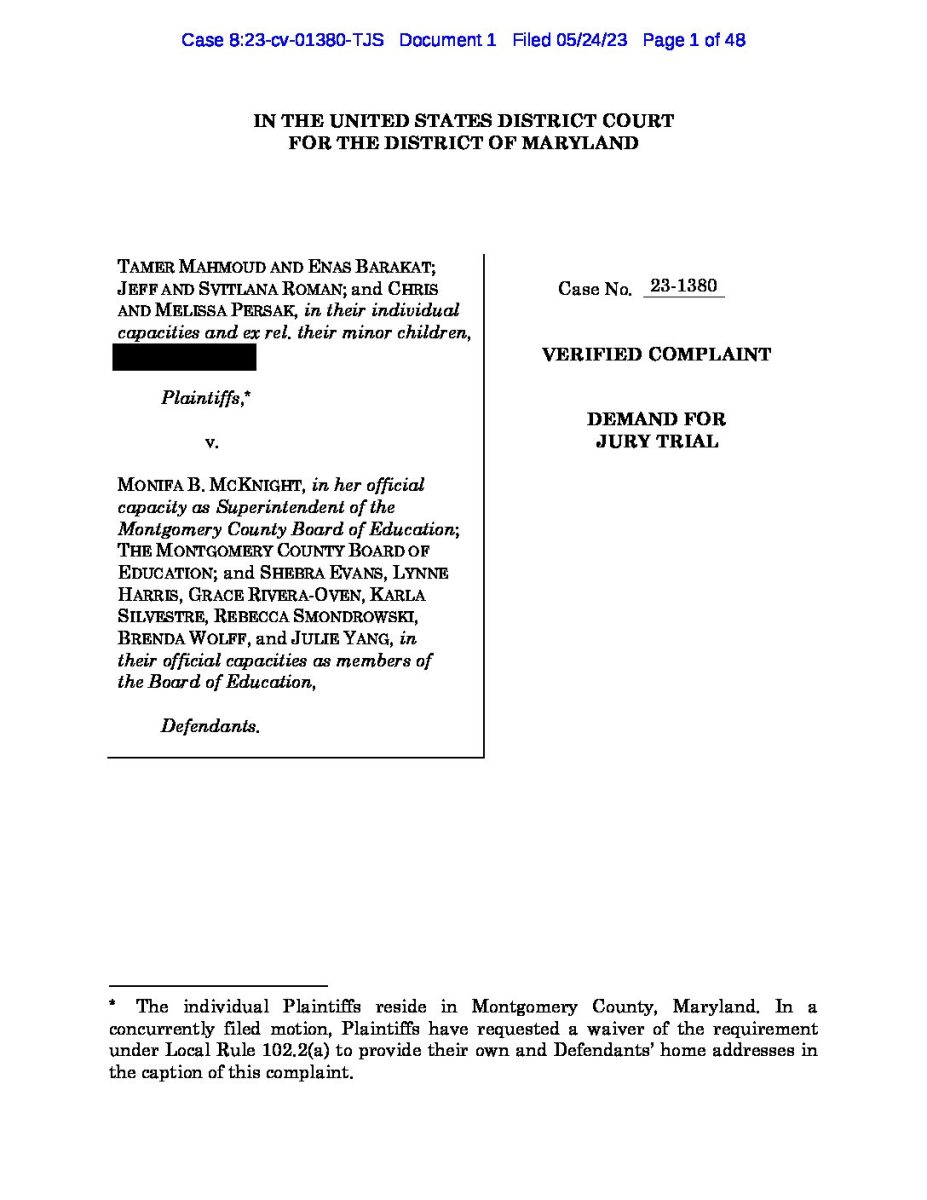

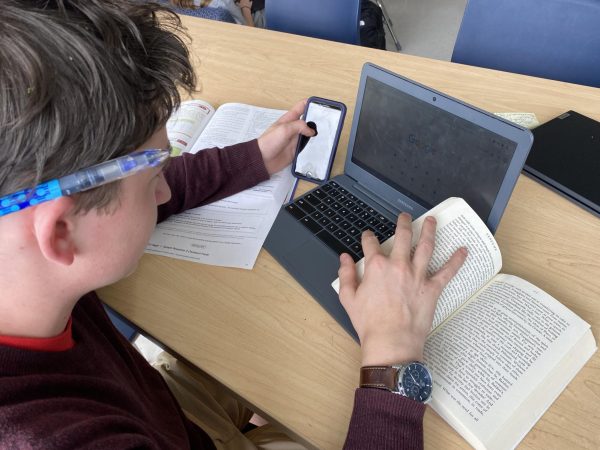


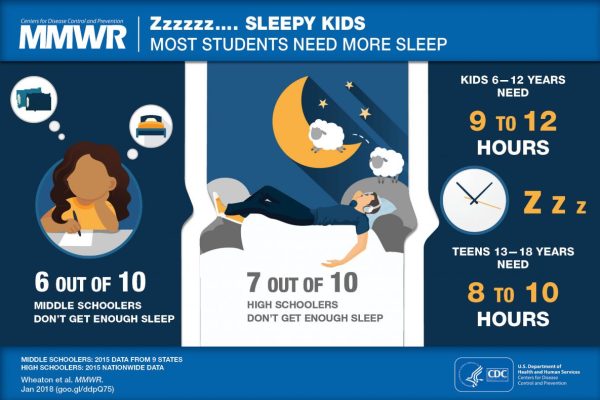



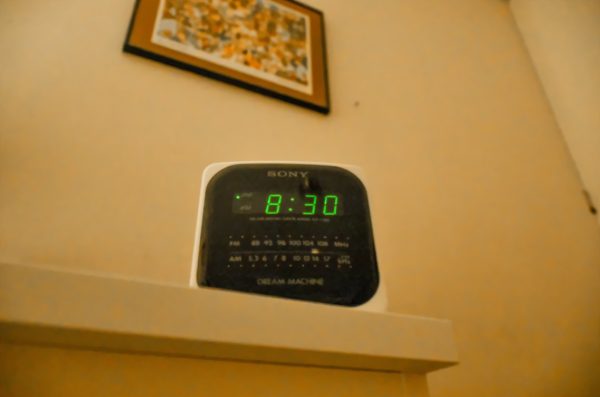

Isabella K • Apr 20, 2023 at 11:28 am
Also, the IB SL math class is mostly female whereas across the hall, the IB HL math class is nearly entirely male.